One of the key reasons for vulnerabilities in the applications are lack of secure design,
development, implementation, and operations. Insecure application development is a primary cause of cyberinfrastructure vulnerabilities. Relying solely on post-development audits for security is insufficient. Security should be an integral part of the application's design and development process, with built-in measures to guard against security breaches and exploitation.
Once secure application design and development guidelines are implemented, the application can undergo source-code reviews and black-box testing by a CERT-In empaneled auditing organization to detect any shortcomings or vulnerabilities in security practices.
As per the guidelines issued by the Indian Computer Emergency Response Team (CERT-In), organizations involved in application development, especially government entities, need to establish a strong and secure application security foundation during the development process.
Applications lacking secure design and development practices are not suitable for assessments and audits. Both auditee and auditor organizations must ensure that the application adheres to secure practices before starting any assessments.
This method is essential for guaranteeing the security of the application from the very beginning and progressively enhancing each stage of the application development lifecycle.
The guidelines have been divided into four phases
Phase 1: Establish the Context of the Security in Designing of Application
The main aim is to create systems that are inherently secure, resilient, and resistant to security
threats, vulnerabilities, and attacks. Organizations should incorporate security as a key component of the development process ensuring compliance with global standards. This reduces the likelihood of security breaches by protecting sensitive data and delivering secure and reliable software.
The secure software development life cycle (SDLC), an approach that integrates security practices throughout the life cycle, encompasses various models and frameworks, including -
- "Microsoft Secure Development Lifecycle (SDL)" is a widely known and adopted SDLC framework with seven phases.
- "Open Web Application Security Project (OWASP) Software Assurance Maturity Model (SAMM)" helps build mature software security programs with four levels and multiple security practices.
- "Agile Secure Development Lifecycle" integrates security practices within agile methodologies, including security grooming, security testing, continuous integration & deployment, security feedback loop.
- "NIST Secure Software Development Framework (SSDF)" is a comprehensive guide for developing secure software.
Designers and developers involved in application development must possess a comprehensive understanding of the cyber security fundamentals and practical knowledge of the security principles governing secure application development.
Phase 2: Implement and Ensure Secure Development Practices
Effective data protection and privacy require a comprehensive strategy. This includes integrating -
- Secure authentication, authorization, and session management
- Cryptographic practices
- Version control and change management
- Secure coding methods
- File and memory management
- Software technology specific security checklist
- Security Test Driven Development (STDD)
- Threat modeling in application development
- Secure environment for application development
- Secure use of environment variables
- Stored procedures over SQL statements
- Handling of error messages, commented code and exceptions
- Linear data structure and multiple inheritances
- Third party and open-source libraries, components and APIs
- Build trust boundaries
- Principle of least privileges
- Enhancing maturity of software security
Phase 3: Provision of Detection of Errors and Vulnerability in Application Design and Development
- Source Code Review: It's a procedure that reviews the source code of an application to detect security issues or weaknesses.
- Conduct Security Vulnerability Assessment: Organizations should hire CERT-In empanelled auditors for security assessments of the developed application and its components.
- Penetration Testing: It replicates real cyberattacks to reveal potential vulnerabilities.
- Logging and Audit Trails: The application should incorporate logging and audit trail features to address troubleshooting needs and meet compliance standards
- Precondition for Assessment and Audit: Applications lacking secure design and development should not undergo assessment without confirmation of secure practices by both auditee and auditor organizations.
Phase 4: Ensure Secure Application Deployment and Operations
- Secure Deployment and Configuration: No alterations should occur in the audited application's code or configurations, and the application must be hosted within a secure and thoroughly tested environment.
- Provision for Patch and Update: Thorough documentation outlining the security features incorporated within the application's architecture, codebase, APIs, and data interactions should be compiled.
- Secure Development of Update, Patch and Release to Mitigate Against Supply Chain Risk from Developers: Ensuring secure development of updates, patches, and releases is crucial for safeguarding against supply chain risks that may originate from developers.
Conclusion
Adhering to these guidelines is paramount in our ever-evolving digital landscape. They fortify our applications against cyber threats by embedding security from project inception to the application's lifecycle. This commitment safeguards data, upholds user trust, and enhances digital security. Let these guidelines lead us to a safer digital future, laying the foundation for secure and resilient applications in a security-conscious world.


